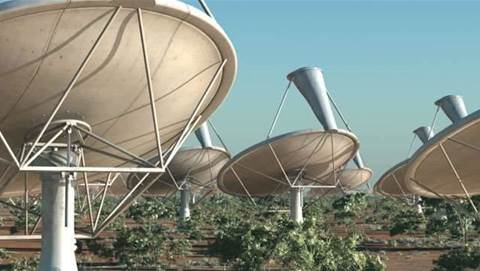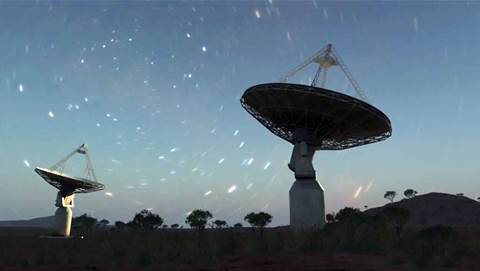
Dubbed the Barrel Toroid because of its shape, the magnet is a vital part of the new Atlas particle detector being developed at Cern's Large Hadron Collider.
Atlas, which is scheduled to begin work in November 2007, is designed to help scientists probe the big questions of the universe including what happened in the moments after Big Bang.
The research will also look at why material in the universe behaves in the way it does, and why the universe we can see is made of matter rather than anti-matter.
Dr Richard Nickerson, UK Atlas project leader, welcomed the successful first test of the mega-magnet.
"The toroidal magnets are critical to enabling us to measure the muons [a type of particle] produced in interactions," he said. "These are vital to a lot of the physics we want to study, so the successful test of the magnets is a great step forward."
The Atlas Barrel Toroid comprises eight superconducting coils, each in the shape of a round-cornered rectangle, five metres wide, 25 metres long and weighing 100 tonnes, all aligned to millimetre precision.
It will work together with other magnets in Atlas to bend the paths of charged particles produced in collisions at the Large Hadron Collider, enabling important properties to be measured.
Unlike most particle detectors, Atlas does not need large quantities of metal to contain the field because the field is held within a doughnut shape defined by the coils.
This allows Atlas to be very large, which in turn increases the precision of the measurements it can make.
At 46 metres long, 25 metres wide and 25 metres high, Atlas is the largest volume detector ever constructed for particle physics.
Among the questions Atlas will focus on are why particles have mass, what the unknown 96 per cent of the universe is made of, and why Nature prefers matter to anti-matter.
Some 1,800 scientists from 165 universities and laboratories (including 12 from the UK) representing 35 countries are building the Atlas detector and preparing to take data next year.




_(20).jpg&h=140&w=231&c=1&s=0)



_(26).jpg&w=100&c=1&s=0)

 iTnews Executive Retreat - Security Leaders Edition
iTnews Executive Retreat - Security Leaders Edition











_(1).jpg&h=140&w=231&c=1&s=0)



